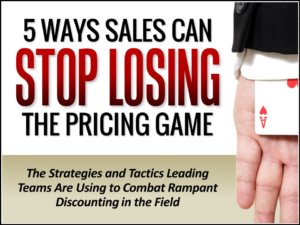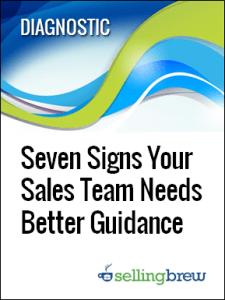A lot of people in sales ops are confused about the difference between a sales strategy and sales tactics. We’ve even heard people use the words interchangeably. But, hear me on this, strategy and tactics are not the same thing!
Your strategy is your big-picture plan. It’s made up of a lot of smaller tactics.
The easiest way to see the difference might be with an analogy. And since the words “strategy” and “tactics” both originated as military terms, a familiar battle might offer the best example.
For the D-Day Invasion of Normandy during the World War II, the Allies had a very clear strategy. They were going to send the U.S. First Army and the British Second Army to establish a beachhead on the Norman Coast on June 6, 1944, with the goal of providing a base of operations from which to achieve total victory in Europe.
This strategy specified who (First and Second Army vs. the Germans), what (an invasion), when (June 6, 1944), where (specific beaches on the French coast), and why (to provide a base from which to defeat the Nazis).
In order to accomplish that strategy, the Allies used a lot of different tactics. While strategy answers questions about who, what, when, where, and why, tactics answer questions about how. For example, on D-Day, naval ships used their guns to launch a bombardment on the shore. Thousands of soldiers and marines landed on the beaches. U.S. Army Rangers scaled the cliffs at Pointe Du Hoc. Airborne units parachuted behind the enemy lines. Disinformation campaigns about a fictional British Army kept German units tied down in other parts of Europe. Planes dropped bombs. Minesweepers cleared the channel. These are all examples of tactics.
Now some of these tactics were more successful than others. For example, some of the bombers weren’t able to deliver their payloads because of cloud cover. That was okay, because the Allies just shifted their attention to the many other tactics they were using that day.
But the Allies did not change their strategy when a given tactic failed. Once they had committed to the D-Day Landing, they were committed.
And that’s really the key. If you can abandon your sales “strategy” easily, you probably don’t really have a strategy. For example, you might think your sales strategy is going to a lot of trade shows. But it would be really easy to stop going to trade shows and do more inside sales instead. That’s a good sign that trade shows were a tactic, not a strategy.
On the other hand, if your sales strategy is selling medical imaging devices to mid-size hospitals that are poised for major growth in order to beat the competition in an underserved market before it takes off, that would be pretty hard to change. Sure, you could pivot to selling bed pans to nursing homes, but that would require completely revamping almost everything about your business.
To accomplish your strategy, you might try a lot of different tactics. Maybe you’ll have an email marketing campaign. Maybe you’ll have your inside sales team contact prospects by phone. Maybe you’ll send sales reps to visit the hospitals in person. Maybe you’ll advertise discounts for medical centers of a certain size. Maybe you’ll recruit team members who used to work for mid-size hospitals. Maybe you’ll do all of the above.
The point is that you can and should abandon tactics whenever necessary, but you really need to have a consistent, well-planned sales strategy that guides your business.
If you’re not sure if you have a good strategy — or really any strategy at all — check out the diagnostic Seven Signs Your Sales Strategy Stinks. It gives you some easy questions to ask to assess the odds that your sales strategy is decent.
The webinar Anatomy of a Competition-Crushing Sales Strategy talks through the differences between strategy and tactics in more detail. It also explains what information a complete strategy needs to include.
Your sales strategy might not be as important to the world as a whole as the D-Day Invasion was. However, it could be every bit as important to the life — or death — of your company. Make sure you get it right.










